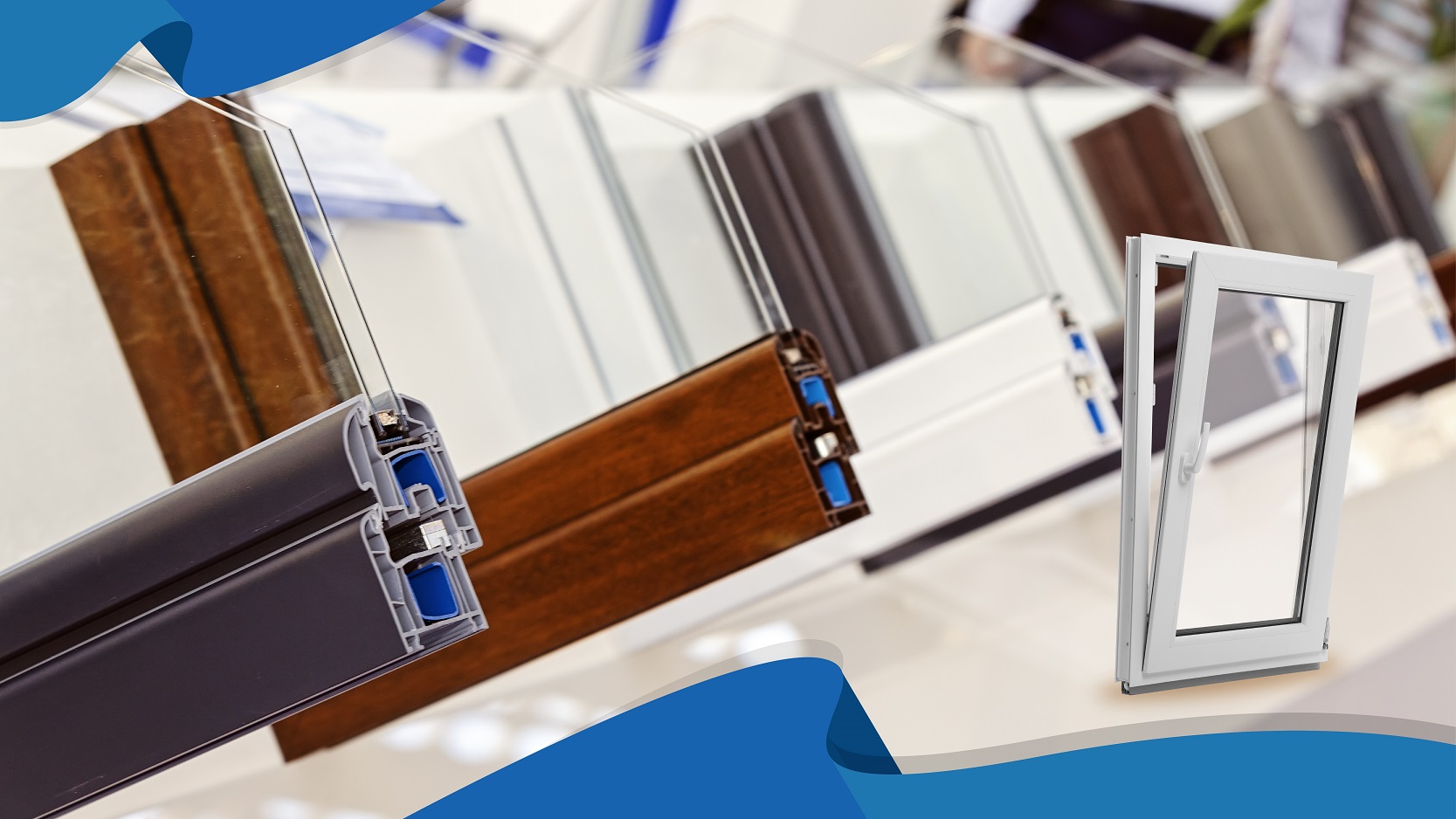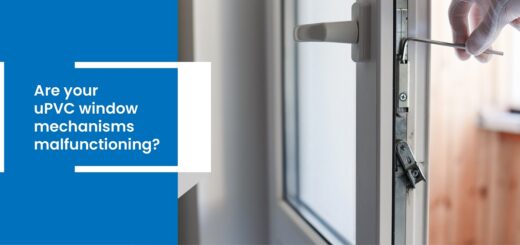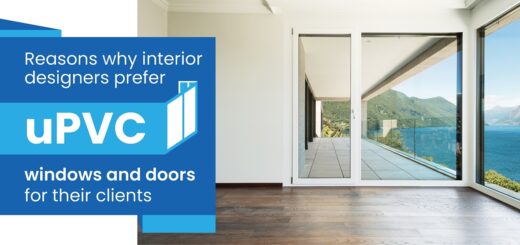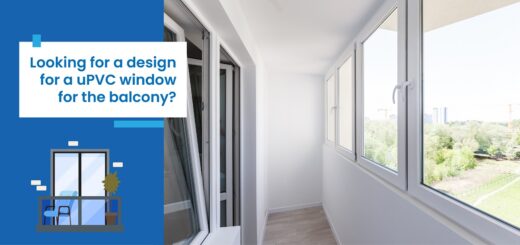Terms and Definitions Related to uPVC Windows and Doors: A consumer guide
Home buyers are interested in the new wave of uPVC windows. However, a lack of knowledge related to the terminology creates confusion for consumers. Being familiar with the common uPVC window and door terms makes the selection easier. It also helps buyers understand energy efficiency ratings to get maximum benefits.
VEKA is a leading uPVC windows and doors manufacturer with international experience. We provide the necessary glossary to aid in choosing the perfect uPVC windows and doors for your home.
This post is all about learning common uPVC window and door terminology.
uPVC material
The full form is unplasticized polyvinyl chloride. It is a sturdy and durable material commonly used in making window and door frames. Unlike traditional PVC, uPVC does not contain plasticizers. It is resistant to fading, warping, and degradation from sunlight exposure.
uPVC Profile
This is the main frame material of your window or door. It comes in various thicknesses, with a higher gauge indicating better strength and insulation.
Double Glazing vs. Triple Glazing
Double glazing features two glass panes separated by an air gap, offering good thermal insulation.
Triple glazing, with an additional pane, provides even better insulation for colder climates or rooms requiring extra soundproofing.
Multi-Point Locking System
It secures the window or door at multiple points along its frame. It provides enhanced security and prevents forced entry. Look for features such as shoot bolts and hook locks for optimal protection.
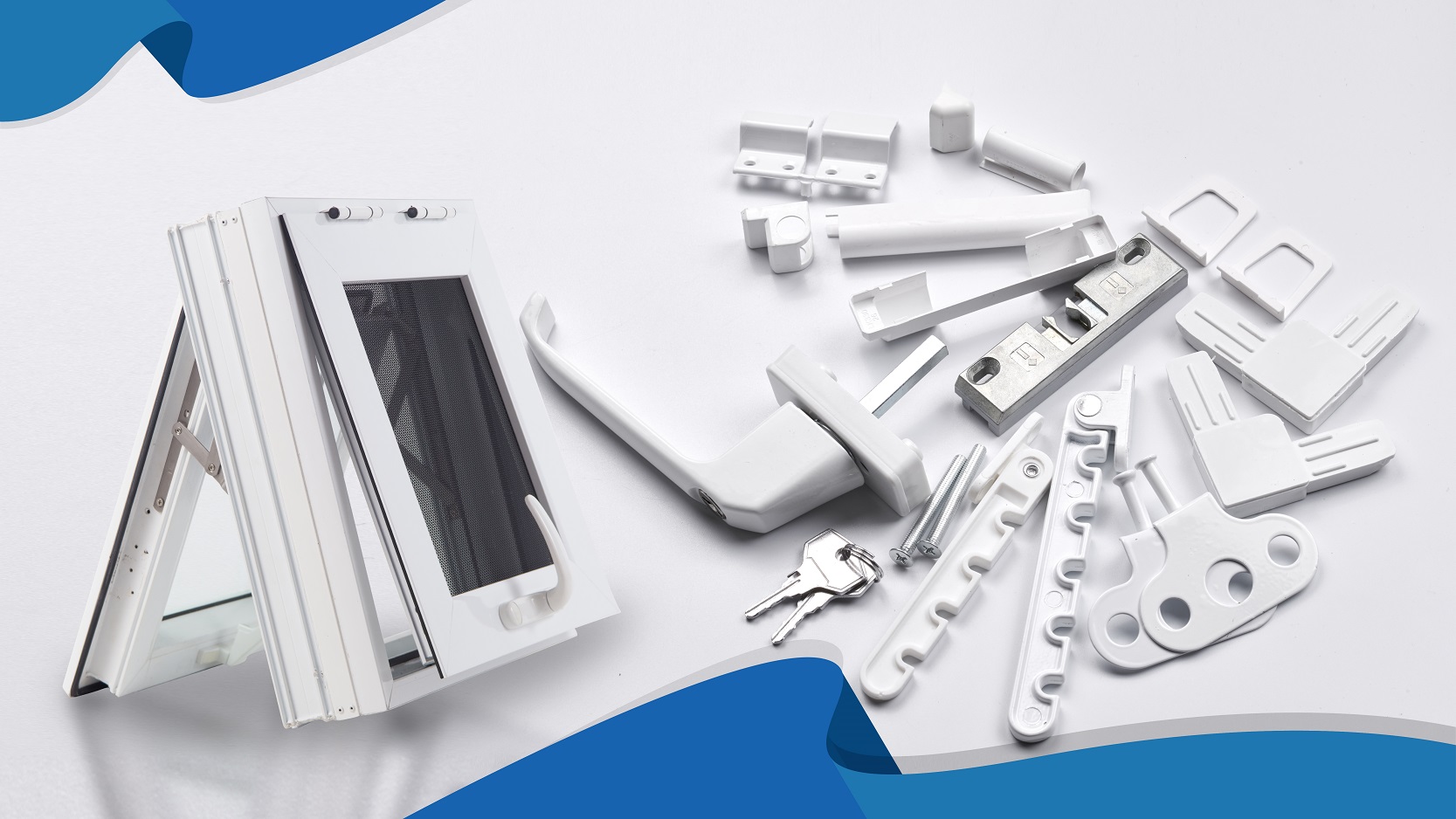
How multiple locking system works in uPVC windows.
Opening Styles
uPVC windows come in a variety of styles to suit your needs. The common ones are mentioned below.
- Casement Windows: These windows hinge on the side and open outwards, offering excellent ventilation.
- Tilt & Turn Windows: These windows can be tilted inwards for ventilation or fully opened inwards for easy cleaning.
- Sliding Sash Windows: These windows slide horizontally, perfect for limited space.
- U-value: This value measures window or door. Lower U-values indicate better insulation.
Consumers should opt for windows with a 4-star rating or above for optimal energy savings and a cooler home environment. A higher star rating translates to better insulation and reduced air conditioning costs.
Weather seals
These are rubber or silicone strips fitted around the edges of windows and doors to create a tight seal against draughts, moisture, and noise. High-quality accessories are essential for maintaining indoor comfort and reducing energy wastage.
Consult a uPVC Window Expert
For advice specific to your region and climate, consult our experts. By familiarising yourself with these terms and definitions, you can effectively communicate with suppliers. They can guide you to invest in the optimal star rating and features to suit your needs for an energy-efficient home.
VEKA engineers are open to consultation for home buyers. Give us a call so that we understand your needs and present the best options for your home or office.

